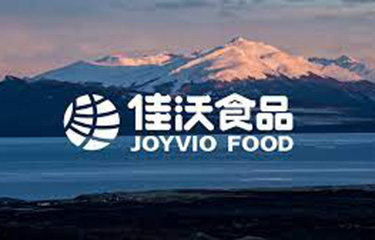A tough year for Joyvio Food has put the spotlight on China’s foreign direct investment in seafood assets.
The firm, which owns Chilean salmon producer Australis Seafoods, saw its stock price fall by 20 percent in February, when the firm flagged large losses due to a softening of Chinese demand for salmon as well as a rise in input costs and a jump in the interest rates on Joyvio’s debt repayments. Composite feed costs at Joyvio doubled in 2022, while rising interest rates have made the company’s borrowing much more expensive to service.
Despite the enormous scale of the country’s appetite for seafood, Joyvio remains relatively rare as a Chinese seafood corporation investing in production abroad. Investment by Chinese aquaculture companies abroad is quite limited, according to Rabobank Senior Global Seafood Specialist Gorjan Nikolik. Guangdong Haid, which operates several overseas feed plants, and Guolian, which has an American subsidiary are a few of the more well-known examples of Chinese companies that have acquired international assets.
“Given the size of the domestic industry and the domestic market, China has remarkably few large M&A transactions,” Nikolik said. “My speculation is that Chinese seafood companies are still mostly domestically focused. Also, other than a few companies, most of the industry is too fragmented to be able to engage in large international M&A transactions.”
China’s seafood and aquaculture industry remains very different from that in the West, Nikolik said.
“Few technologies and competencies can be replicated and it is hard to value unfamiliar industries,” he said.
To some extent, macroeconomics and trade tensions have played a role the slowdown in Chinese direct investment in the global seafood industry. In overall terms, China’s outbound foreign direct investment has fallen since 2015, after a decade of rising sharply. Outbound investment nevertheless exceeded inbound between 2016 and 2021 as U.S. tariffs on Chinese goods discouraged foreign investment in China. Simultaneously, China’s exports as a percentage of its gross domestic product fell to 20 percent in 2021, from 35 percent in 2005.
As China’s demand for seafood grows, imports will become a bigger and more-important part of the country’s overall food economy. The Chinese Academy of Engineering has projected China’s demand for seafood will grow from 81 million metric tons (MT) to 100 million MT in 2035. And a report by the Stockholm Resilience Centre estimates China will face a seafood shortfall of 18 million MT by 2030, , twice the total of China’s seafood imports in 2020.
China has a suite of policies supporting seafood-related investments abroad, led by the Belt and Road Initiative, a blueprint to expand China’s links with developing economies. The BRIis frequently cited by Chinese developers seeking loan approval and government backing for aquaculture projects abroad. Chinese President Xi Jinping has emphasized growing domestic consumption as driver of economic growth, while also using the Belt and Road Initiative to increase Chinese connectivity to developing economies in particular.
Also citing the BRI, Chinese lenders have extended financing to refurbish and develop ports and processing facilities around the globe. The Export-Import Bank of China has granted loans to authorities in Ghana, Mauritius, and Mozambique for seafood-related projects....
Photo courtesy of Joyvio








